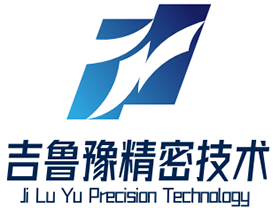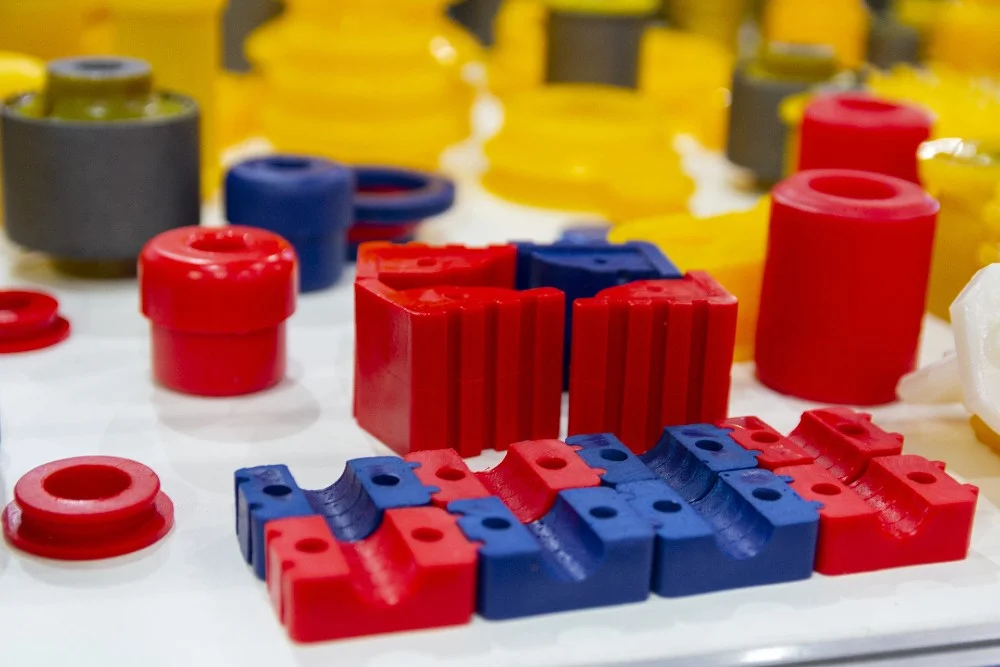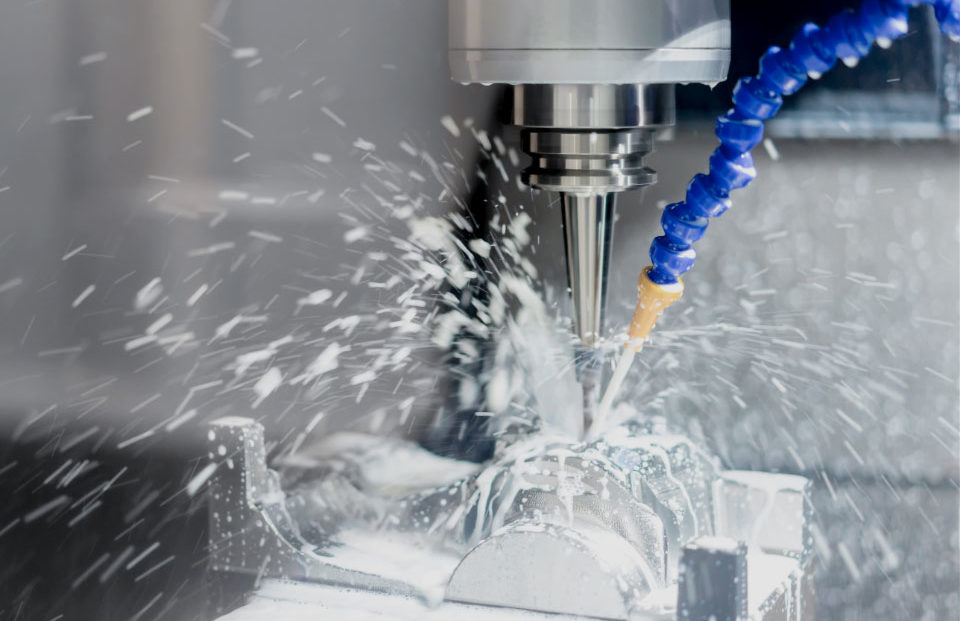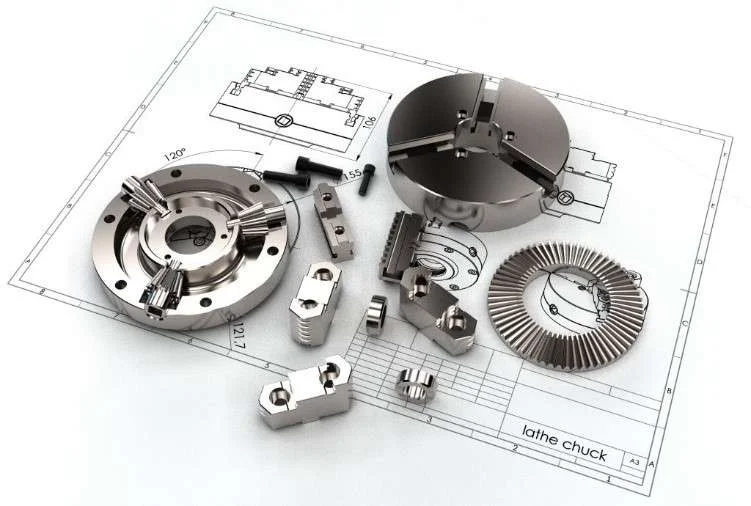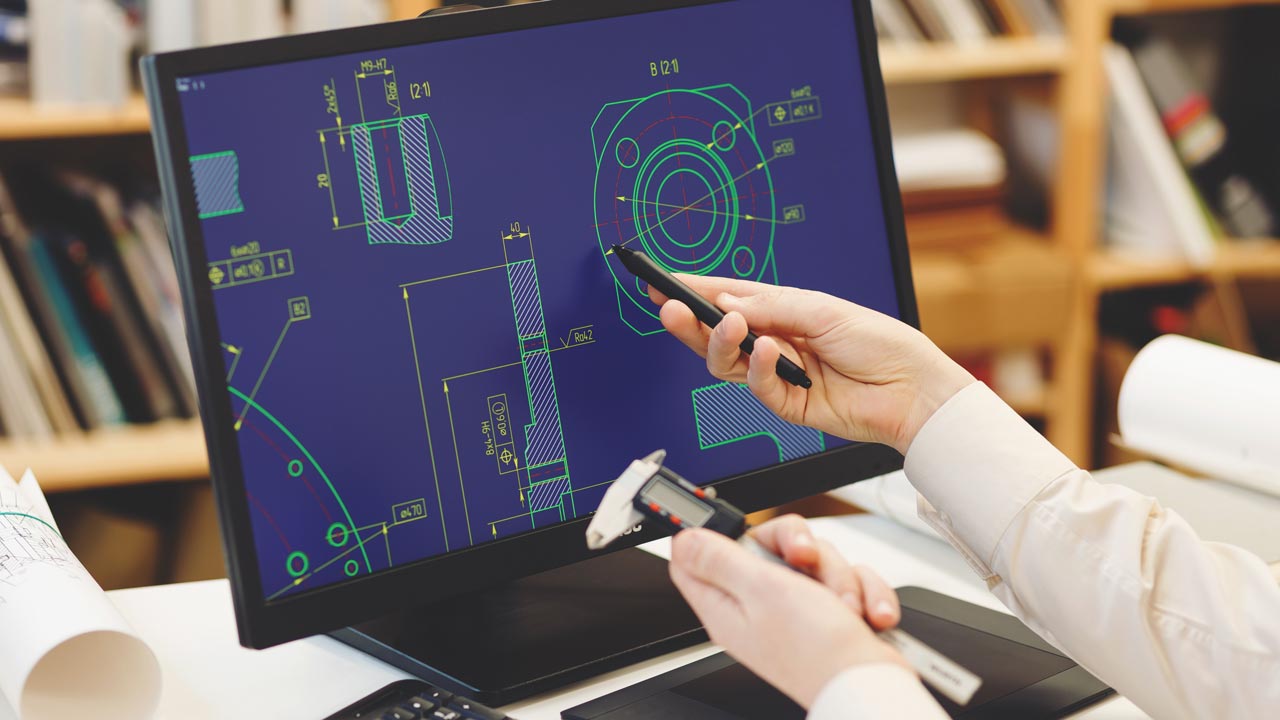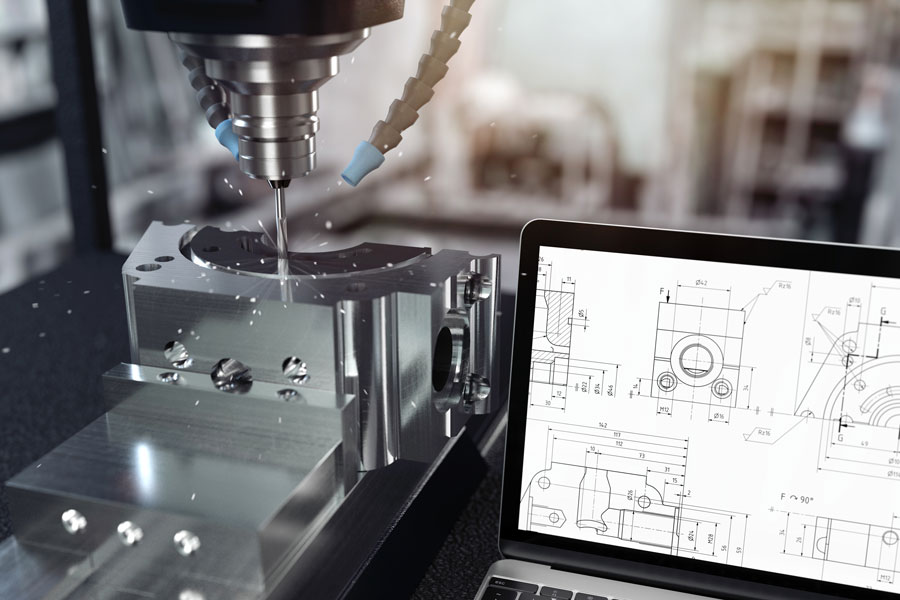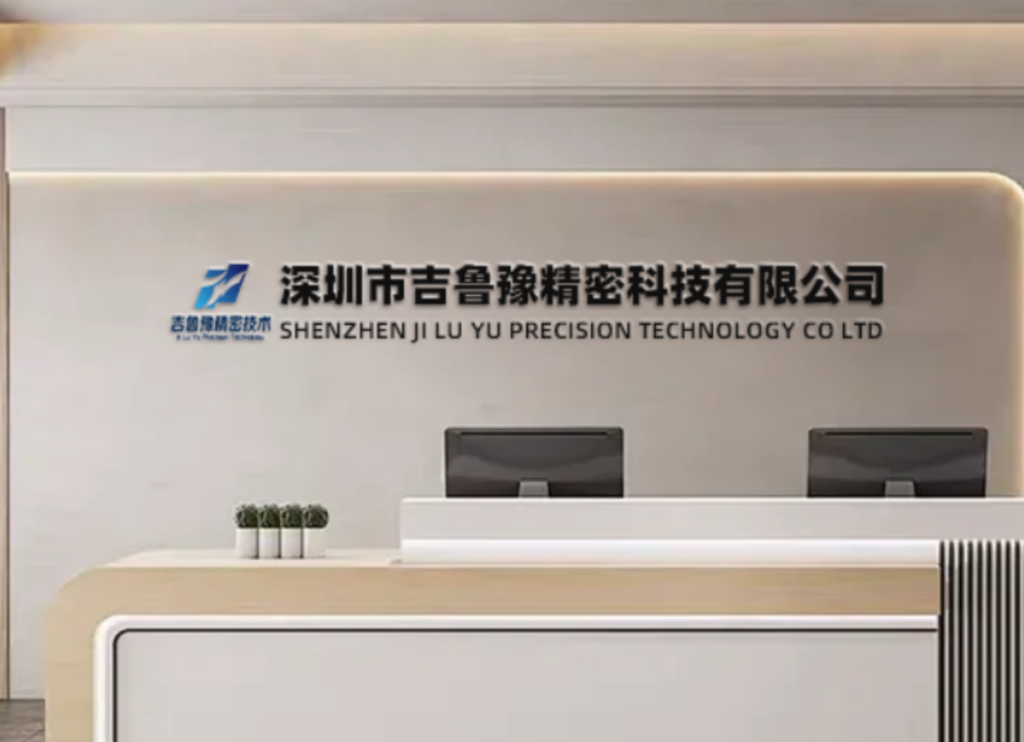Vacuum Casting for Polyurethane Prototypes: The Bridge Between Prototyping and Production
In the evolving landscape of manufacturing, vacuum casting for polyurethane prototypes has emerged as the critical bridge technology that seamlessly connects conceptual prototyping to mass production with unprecedented efficiency and cost-effectiveness.
Vacuum casting for polyurethane prototypes represents a sophisticated manufacturing process that enables the production of high-quality, functional prototypes and small-batch components using silicone molds and polyurethane resins. As specialized providers of CNC machining services, we recognize vacuum casting as an indispensable technology that complements our traditional subtractive manufacturing capabilities, particularly for applications requiring rapid iteration, material flexibility, and production-like quality at a fraction of the cost of injection molding tooling.
The vacuum casting process, also known as urethane casting or polyurethane casting, has revolutionized how product developers and engineers approach the prototype-to-production journey. This technology fills the crucial gap between initial 3D-printed prototypes and high-volume injection molding production, offering manufacturers an agile and economical solution for bridge production and market validation.
The Technical Foundation of Vacuum Casting Technology
Vacuum casting operates on fundamentally different principles than subtractive CNC machining or additive 3D printing processes. Where CNC machining removes material from a solid block and 3D printing builds components layer by layer, vacuum casting replicates components through a molding process conducted under vacuum conditions to eliminate air bubbles and ensure perfect material distribution.
The Vacuum Casting Process: A Step-by-Step Technical Breakdown
The vacuum casting process follows a meticulous sequence that ensures dimensional accuracy and material integrity:
-
Master Pattern Creation
The process begins with the fabrication of an exact master pattern, typically produced using CNC machining or high-resolution 3D printing technologies like SLA or SLS. This master pattern represents the final component with exceptional dimensional accuracy and surface finish quality. CNC-machined masters, particularly those produced through 5-axis machining, offer superior surface finishes and tighter tolerances, often achieving ±0.05mm dimensional accuracy on critical features. -
Silicone Mold Fabrication
The master pattern is suspended in a casting frame and surrounded by liquid silicone rubber. This assembly is placed in a vacuum chamber to remove entrapped air before being transferred to a heating chamber for curing. The cured silicone block is then precisely cut to create mold cavities, incorporating strategically placed gating systems and vent channels to facilitate optimal material flow and air escape during casting. -
Polyurethane Resin Preparation and Casting
Two-part polyurethane resins are meticulously measured and mixed under vacuum conditions to prevent air entrapment. The degassed resin is then poured into the silicone mold, which remains under vacuum throughout the pouring process. This dual vacuum approach—first degassing the resin, then casting under vacuum—ensures bubble-free components with exceptional surface quality. -
Curing and Demolding
The filled mold transfers to a heated chamber where controlled thermal conditions initiate the chemical curing process. Depending on the specific polyurethane material system, curing temperatures typically range from 40°C to 70°C with cycle times between 2-8 hours. Once fully cured, the silicone mold flexes to release the finished component without damage to either the casting or the mold. -
Post-Processing Operations
After demolding, components undergo post-processing operations similar to those used in CNC machining, including support removal, manual finishing, and any required secondary operations such as painting, pad printing, or assembly.
Material Science in Vacuum Casting
The versatility of vacuum casting largely stems from the extensive range of specialized polyurethane resins available, which can be formulated to mimic the properties of production-grade thermoplastics:
Table 1: Polyurethane Material Properties and Their Engineering Applications
| Material Type | Shore Hardness | Tensile Strength (MPa) | Elongation at Break (%) | Heat Resistance (°C) | Simulated Production Material |
|---|---|---|---|---|---|
| ABS-like PU | 70D-85D | 35-55 | 10-40 | 70-90 | ABS, PC/ABS |
| PP-like PU | 65A-75A | 5-15 | 200-350 | 50-70 | Polypropylene |
| PE-like PU | 60A-70A | 8-18 | 250-400 | 50-65 | Polyethylene |
| PMMA-like PU | 80D-85D | 50-65 | 5-15 | 70-85 | Acrylic |
| TPE-like PU | 30A-90A | 3-25 | 300-600 | 60-80 | Thermoplastic Elastomers |
| High-Temp PU | 75D-85D | 40-60 | 5-20 | 110-130 | PEEK, PEI |
| Glass-Filled PU | 80D-90D | 45-70 | 3-10 | 80-100 | Glass-filled Nylon |
These material options enable product developers to create functional prototypes that closely match the mechanical, thermal, and aesthetic properties of intended production materials, providing invaluable data for design validation and user testing.
The Strategic Advantage: Vacuum Casting vs. Alternative Processes
Understanding where vacuum casting fits within the broader manufacturing ecosystem requires comparative analysis against other common prototyping and low-volume production technologies.
Vacuum Casting vs. CNC Machining
While CNC machining excels at producing high-precision functional prototypes, tooling, and low-volume production parts, vacuum casting offers complementary advantages:
Table 2: Process Comparison: Vacuum Casting vs. CNC Machining
| Parameter | Vacuum Casting | CNC Machining | Strategic Advantage |
|---|---|---|---|
| Setup Lead Time | 3-5 days (mold fabrication) | 1-2 days (programming) | CNC for fastest first article |
| Cost Structure | High initial mold, low per-part cost | No tooling, higher per-part cost | Vacuum casting economical at 10+ units |
| Geometric Complexity | Excellent for undercuts, textures | Limited by tool access | Vacuum casting for complex geometries |
| Material Options | Limited to PU resins, but wide simulation | Virtually all engineering materials | CNC for production-grade materials |
| Surface Finish | As-cast from master, minimal post-processing | Machine marks, often requires finishing | Vacuum casting for cosmetic parts |
| Dimensional Accuracy | ±0.15mm per 100mm | ±0.025mm to ±0.125mm | CNC for tight-tolerance features |
| Maximum Part Size | Limited by chamber size (typically 1000x1000mm) | Limited by machine envelope (typically larger) | CNC for very large components |
| Multi-Material Options | Limited to overmolding techniques | Machined as separate components | Both capable with different approaches |
Vacuum Casting vs. Injection Molding
For organizations progressing toward mass production, vacuum casting serves as an ideal bridge technology before committing to high-cost injection molding tooling:
-
Tooling Investment: Vacuum casting silicone molds cost 90-95% less than production-grade injection molds
-
Iteration Flexibility: Design changes require only a new master pattern and silicone mold versus expensive steel mold modifications
-
Lead Time: Vacuum casting setups can be completed in 3-5 days versus 4-12 weeks for injection molding tooling
-
Economic Breakeven: Vacuum casting typically proves more economical for batch sizes under 50-100 units, depending on component complexity
As noted in industry analysis, vacuum casting serves as “a ‘bridge’ technique between prototyping and mass production” that “mimics injection molding finishes with lower setup cost” .
Technical Implementation: Optimizing Designs for Vacuum Casting
Successfully implementing vacuum casting requires thoughtful design adaptation to leverage the process’s strengths while acknowledging its limitations.
Design for Manufacturability Guidelines
Components destined for vacuum casting should incorporate specific design considerations:
-
Draft Angles: Incorporate 1-2° draft angles on vertical walls to facilitate demolding from flexible silicone molds
-
Wall Thickness Uniformity: Maintain consistent 2-4mm wall thickness throughout the design to prevent sink marks and ensure proper material flow
-
Rib Design: Implement ribs at 50-60% of nominal wall thickness to prevent visual defects on cosmetic surfaces
-
Boss Design: Utilize gussets and proper fillet radii to strengthen boss features without creating thick sections
-
Texture Application: Apply surface textures directly to the master pattern for accurate replication across multiple cast components
Critical Process Parameters and Controls
Consistent results in vacuum casting require meticulous control of numerous process variables:
-
Vacuum Level: Maintain vacuum below 1 mbar during both material degassing and casting phases to eliminate air entrapment
-
Mixing Precision: Utilize calibrated dispensing equipment with ±1% accuracy for resin component ratio control
-
Temperature Management: Control mold temperature within ±2°C during casting and maintain curing temperature within ±5°C
-
Demolding Time: Optimize demolding time based on material system and wall thickness, typically between 4-16 hours
Advanced Applications and Material Innovations
The continuing evolution of polyurethane materials and process refinements has significantly expanded vacuum casting applications across industries.
Engineering-Grade Applications
Modern vacuum casting now supports increasingly demanding technical applications:
-
High-Temperature Components: Specialty polyurethanes withstand temperatures up to 130°C, suitable for under-hood automotive applications and electronic enclosures
-
Optical Components: Transparent grades with >90% light transmission enable prototype lenses, light guides, and display covers
-
Medical Device Prototypes: Biocompatible-grade polyurethanes facilitate patient-matched anatomical models and surgical instrument prototypes
-
Wear-Resistant Components: Elastomeric compounds with enhanced abrasion resistance simulate production rubber parts for seals, gaskets, and dampers
Multi-Material and Overmolding Techniques
Advanced vacuum casting techniques enable increasingly complex component geometries and material combinations:
-
Insert Molding: Metal threads, bearings, and electronic components encapsulated during the casting process
-
Two-Shot Simulation: Sequential casting of rigid and flexible materials to create soft-touch surfaces and living hinges
-
Color Effects: Strategic pigment application creates marbled, gradient, and translucent color effects impossible with standard injection molding
Real-World Case Studies: Vacuum Casting Delivering Engineering Solutions
Case Study 1: Automotive Interior Component Validation
An automotive supplier needed to validate the design, fit, and function of a complex center console assembly before committing to high-cost injection molding tooling.
Challenge: Produce 35 full-scale console assemblies with production-like aesthetics and mechanical properties for user experience testing and vehicle fit checks within a 4-week timeframe.
Technical Solution: The implementation utilized a multi-faceted approach combining CNC machining and vacuum casting:
-
CNC-Machined Master Patterns: 5-axis machining of critical components from tooling board to achieve ±0.05mm accuracy on mounting features
-
Multi-Material Strategy: Rigid ABS-like polyurethane for structural components combined with soft-touch TPE-like material for contact surfaces
-
Insert Integration: Metal threaded inserts and mounting brackets positioned within silicone molds before casting
-
Class A Surface Replication: Texture application to master patterns directly replicated across all cast components
Results: The vacuum cast assemblies provided indistinguishable user experience from production components at 85% cost reduction compared to injection molding tooling. The program identified three critical design issues requiring modification before production tooling, potentially saving over $250,000 in mold rework costs and preventing launch delays.
Case Study 2: Medical Device Human Factors Testing
A surgical device company required ergonomic validation prototypes of a handheld surgical instrument with complex internal components and critical usability requirements.
Challenge: Create 25 fully functional device prototypes matching production intent materials, weight distribution, and tactile properties for surgical team evaluation and regulatory submission.
Technical Solution: The project implemented an integrated manufacturing approach:
-
Hybrid Master Patterns: CNC-machined aluminum for high-wear internal mechanisms combined with SLA-printed housings for complex ergonomic features
-
Material Optimization: Medical-grade simulation polyurethane with sterilizability for external components and glass-filled PU for structural elements
-
Multi-Part Molds: Complex silicone molds with multiple parting lines to accommodate undercuts and internal channels
-
Precision Post-Processing: Medical-grade finishing to achieve production-equivalent surface characteristics
Results: The vacuum cast devices provided clinically accurate performance during surgical simulation, leading to two ergonomic modifications that significantly improved device usability. The prototypes received regulatory approval for clinical evaluation, accelerating the development timeline by 14 weeks while reducing prototype costs by 62% compared to CNC machining all components.
Case Study 3: Consumer Electronics Bridge Production
An electronics manufacturer needed market validation units for a new wearable device while production tooling was still in fabrication.
Challenge: Produce 500 housing assemblies with production-equivalent cosmetics, colors, and material properties for focus group testing and retail buyer evaluation.
Technical Solution: The implementation focused on cosmetic perfection and rapid turnaround:
-
High-Gloss Masters: CNC-machined from aluminum and polished to mirror finish for flawless surface replication
-
Color Matching: Custom pigment formulations to exactly match production intent colors across multiple material batches
-
Optimized Gating: Strategic gate placement to minimize visible parting lines on cosmetic surfaces
-
Accelerated Production: Multiple parallel silicone molds with optimized curing cycles to maintain 35-45 components per day output
Results: The vacuum cast housings were indistinguishable from production components in blind user comparisons, providing critical market validation data before product launch. The $8,500 investment in vacuum casting identified a preferred color option that became the production standard, potentially preventing a costly post-launch color change that would have required $75,000 in mold modifications.
Implementing Vacuum Casting: Strategic Considerations for Success
Organizations seeking to leverage vacuum casting technology should approach implementation through a structured framework.
Technology Integration Strategy
Successful vacuum casting implementation requires thoughtful integration with existing manufacturing capabilities:
-
Digital Workflow Integration: Seamless data transfer from CAD through master pattern fabrication to casting documentation
-
Quality Management: Implementation of process control plans with defined checkpoints at each manufacturing stage
-
Material Management: Proper handling, storage, and documentation of polyurethane resin systems with limited shelf lives
-
Facility Requirements: Dedicated areas with controlled environment for mold making, casting, and post-processing operations
Economic Analysis and Business Case Development
The financial justification for vacuum casting follows predictable patterns:
-
Cost Modeling: Transparent calculation of per-component costs including material, labor, and equipment amortization
-
Break-Even Analysis: Clear comparison against alternative manufacturing methods based on quantity, complexity, and timeline
-
Risk Mitigation: Quantification of potential cost avoidance through early design validation and market testing
-
Total Value Assessment: Consideration of both direct costs and strategic benefits including time-to-market acceleration
Conclusion
Vacuum casting for polyurethane prototypes represents one of the most valuable technologies in the modern manufacturing landscape, expertly bridging the gap between rapid prototyping and mass production. This sophisticated process enables product development teams to validate designs with production-quality components while maintaining the flexibility to iterate quickly and cost-effectively. As manufacturing continues to evolve toward increasingly agile methodologies, vacuum casting stands as a testament to the power of appropriate technology selection in optimizing the product development lifecycle.
The most successful manufacturing strategies recognize vacuum casting not as a standalone solution, but as an integral component of a comprehensive prototyping and production ecosystem. By strategically deploying vacuum casting alongside complementary technologies like CNC machining and 3D printing, organizations can create optimized development pathways that balance speed, cost, and quality throughout the product lifecycle.
For components requiring exceptional accuracy, material performance, or rapid turnaround, our integrated CNC machining services provide complementary capabilities that ensure comprehensive manufacturing solutions. Contact our engineering team to discuss how our vacuum casting expertise can enhance your next product development initiative.
